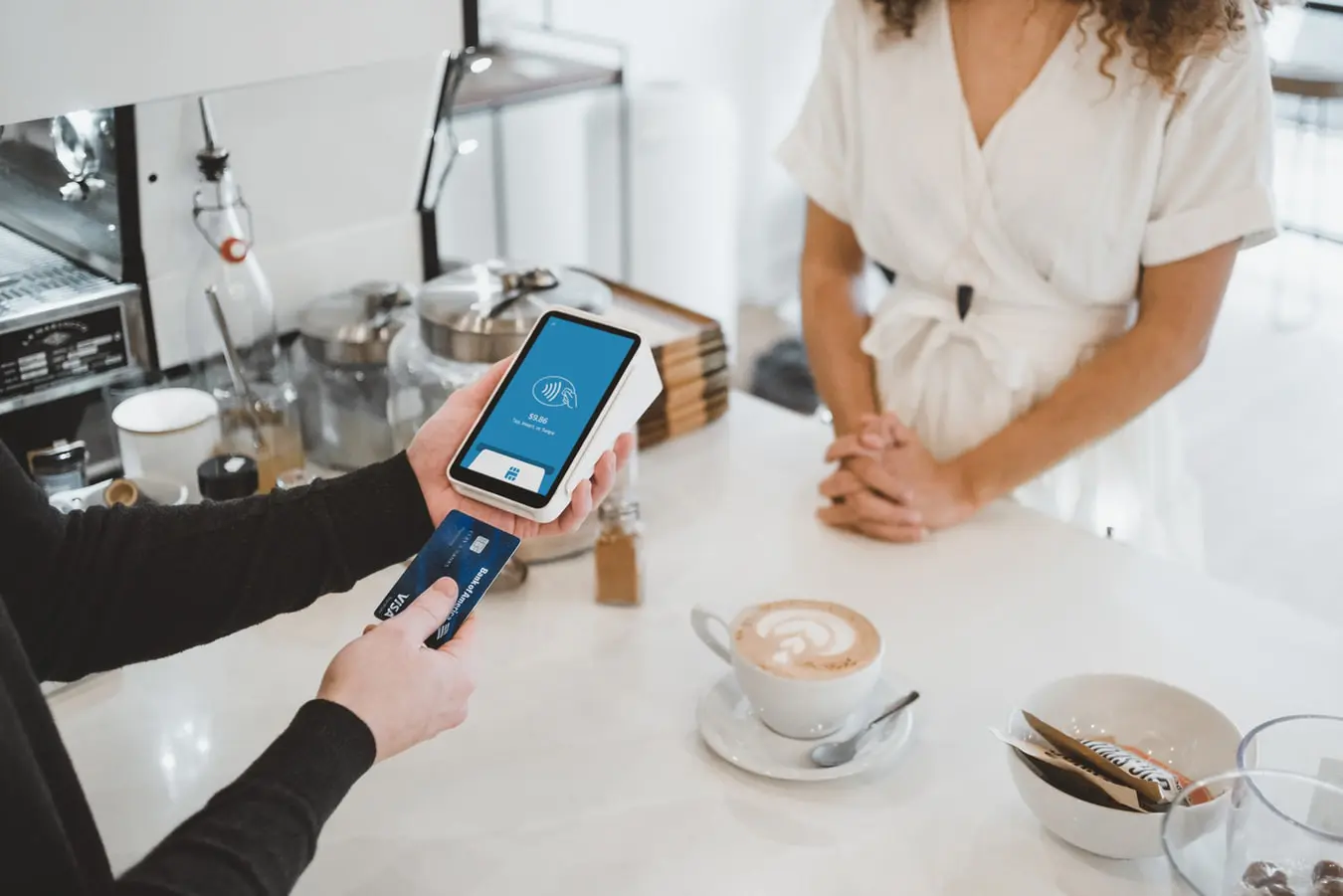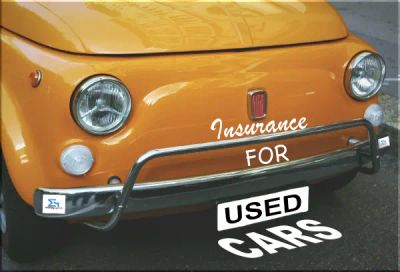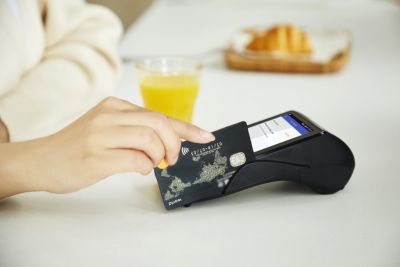Most of us own credit or debit cards and use them frequently. Credit cards numbers along with the security code at the back of the card can be used to make transactions.
When we share our card details to retailers or to websites , we usually enter the card details onto websites or the phone pads. Do these credit or debit card numbers mean something or are they just some random numbers ?
These numbers and their groups can help derive information for banks, online payment gateways to determine details of them. What numbers should you readily share ? Read on to find details of these cryptic numbers on your card.
Anatomy of the credit card numbers
The credit card numbers are the 16 digit or up to 19 digits in some case written or inscribed on the front of your card.
These numbers are also stored in the magnetic strip or the EMV chip of your card and shares the information about the card network and the issuer.
Credit card numbers are assigned by the ISO or the International Organisation for Standardisation’s ISO/IEC 7812-1.
Now let’s look at the different parts and meanings of digits or group of digits in the credit card.
The first six digits: The first 6 digits of the credit card identify the Issuer. The first one also known as the MII or Major Industry Identifier represents the industry the card is produced by.
The following 5 digits i.e digit 2 to 6 form the identifier for the particular institution.
The first digit represents the following industry network the card is produced by.
0 : ISO/TC 68 and other industry assignments
1 : Airlines
2 : Airlines, financial and other future industry assignments
3 : Travel and entertainment
4 : Banking and financial
5 : Banking and financial
6 : Merchandising and banking/financial
7 : Petroleum and other future industry assignments
8 : Healthcare, telecommunications and other future industry assignments
9 : For assignment by national standards bodies
Thus the following first digits represents the below networks.
Beginning with digit:
4: Visa cards
5: Master cards
3: And followed by 4 or 7 – American Express
3: And followed by 0, 6 or 8 – Diner’s club cards
6: Discover cards
The digits 7 to 15 or 7 to 12: These digits on the card identify the person uniquely.This identifies the card holder name and is unique to the issuer.
E.g., For Visa cards either 7 to 15 digits or 7 to 12 digits will identify the person
The digit 16 : This digit forms the check digit. This digit helps the system verify that the previous digits were entered correctly. This is based on an Algorithm called Luhn’s Algorithm which helps derives the last digit based on the previous digits. More on Luhn’s Algorithm here.
The card also usually has the date of account opening (optional) and the expiry date of the card.
The 3 or 4 digits on the back of the card form the security number and these are meant to be confidential and should not be shared with public easily. This code is a fraud prevention tool used when using the card non physically.
Now that we know about the anatomy of credit cards, let’s have a look at quick frequently asked questions.
FAQs
Length of credit or debit card number
The credit or debit card number is usually 16 digit in length but can be a maximum of 19 digits.
What does the first digit on credit or debit card mean ?
The first digit represents the industry or MII (Major Industry Identifier) code which helps you identify the industry the card was produced for.
What is Luhn’s Algorithm
The Luhn’s Algorithm also known as modulus 10 or mod 10 algorithm is named after the IBM creator Hans Peter Luhn. This algorithm is a simple checksum algorithm that helps to verify identification numbers.
This checksum is used for credit card numbers, IMEI numbers, Social security numbers in some countries. This algorithm verifies the series of number with the included check sum number as below.
Step 1: From the right most side- ignore the last checksum digit and double the value of every second digit on the left.
Step 2: If the doubling of the value of digits has resulted in 2 digits or valued > 9, then sum the individual digits. E.g, if the original digit was 8, doubling it meant 16 then add 1+6 =7
Step 3: Now sum all these equivalent digits.
Step 4: Take the units digits from the sum and subtract it from 10 which should give you the check digit.
If this gives you the last checksum digit – the complete number in question is valid.
E.g., If the number is 79927398713, where the last digit 3 is the checksum digit.
Let’s double the every second digit from right excluding the check digit. That give us-
7 18 9 4 7 6 9 16 7 2 3
Now Let’s sum the individual digits if the doubled value is >9 which now gives us:
7 9 9 4 7 6 9 7 7 2 3
Let’s sum this up- 7+9+9+4+7+6+9+7+7+2= 67.
The unit’s digit is 7, subtract it from 10=> 10-7= 3, which gives us the last check sum digit. Thus this credit card number is valid.
Luhn’s algorithm is not meant to be cryptographically secure. Thus it is not meant to be used to prevent malicious attacks but more of protection against accidental error on the numbers.
What numbers from your credit or debit card should you share ?
Ideally you should not share the CVV or the Security code behind the back of card easily. Although the credit cards number should also be kept confidential and used with caution.
The combination of these may be enough for some hackers to use your card. You may also protect your card with 3DS / Verified by VISA or OTP triggers to authorise the card usage.



